Physics 101: Friction
Friction is the resistance to motion of one object moving relative to another. It is not a fundamental force, like gravity or electromagnetism. Instead, scientists believe it is the result of the electromagnetic attraction between charged particles in two touching surfaces. In this episode, host Dianna Cowern demonstrates how to solve problems involving friction. Part of the "Physics 101" series.
Media Details
Runtime: 20 minutes 24 seconds
- Topic: Mathematics, Science
- Subtopic: Mathematics, Physics, Science Methods
- Grade/Interest Level: 10 - 12
- Standards:
- Release Year: 2020
- Producer/Distributor: Physics Girl
- Series: Physics 101
- Report a Problem
Related Media
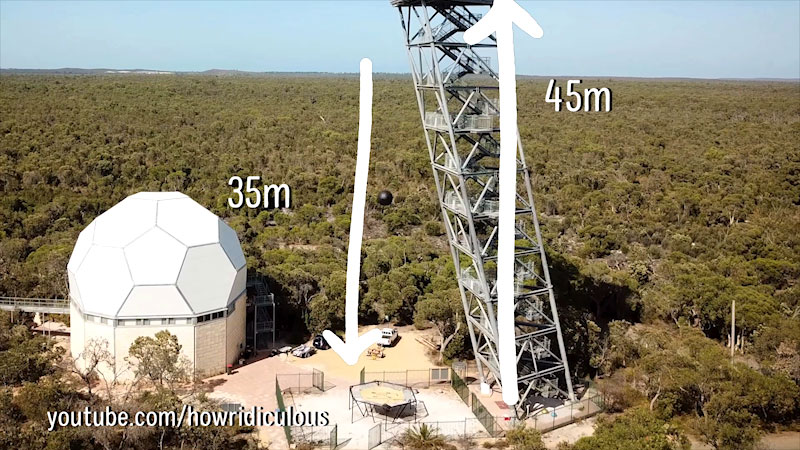
Physics 101: Free Fall
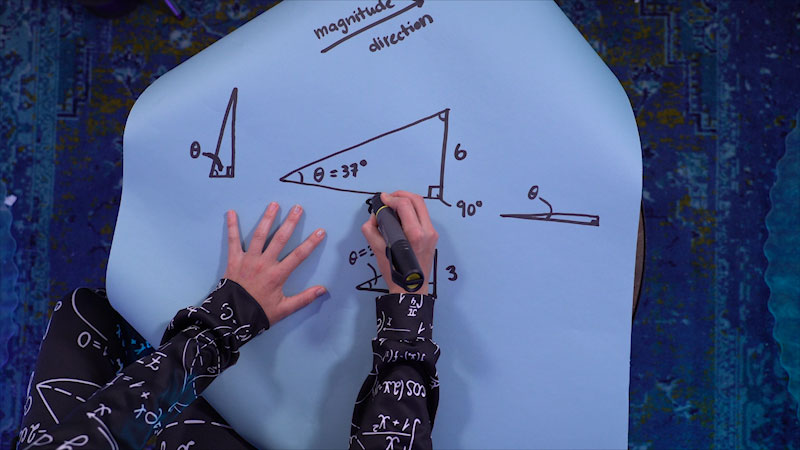
Physics 101: Trig Review for Physics
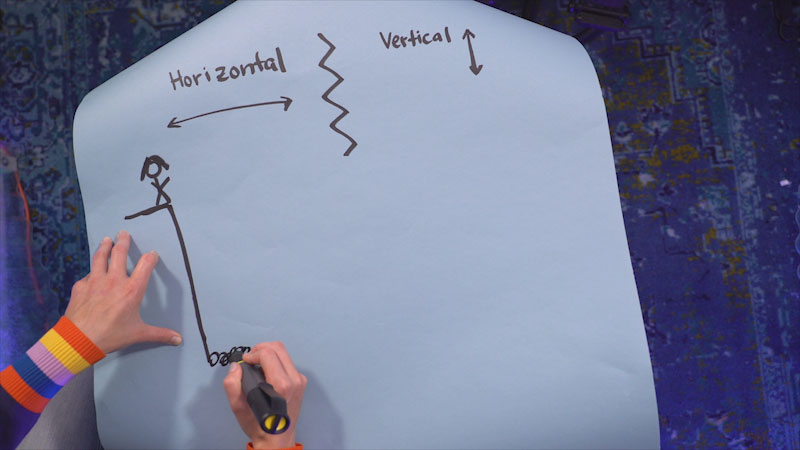
Physics 101: 2D Motion
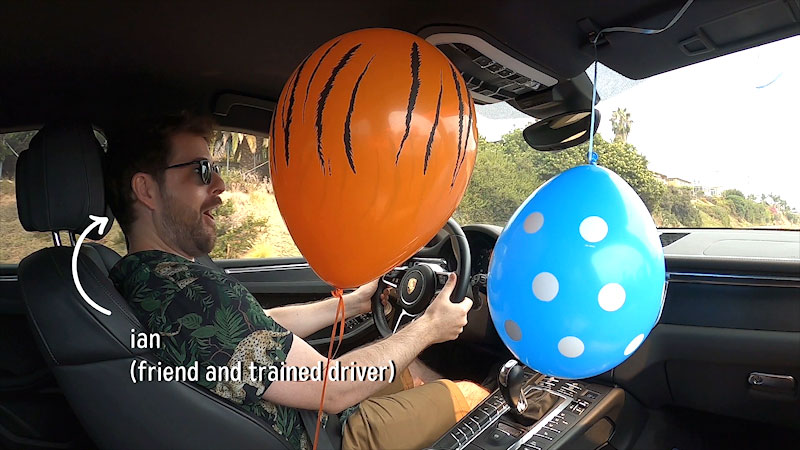
Physics 101: Newton's Laws of Motion

Physics 101: Free Body Diagrams
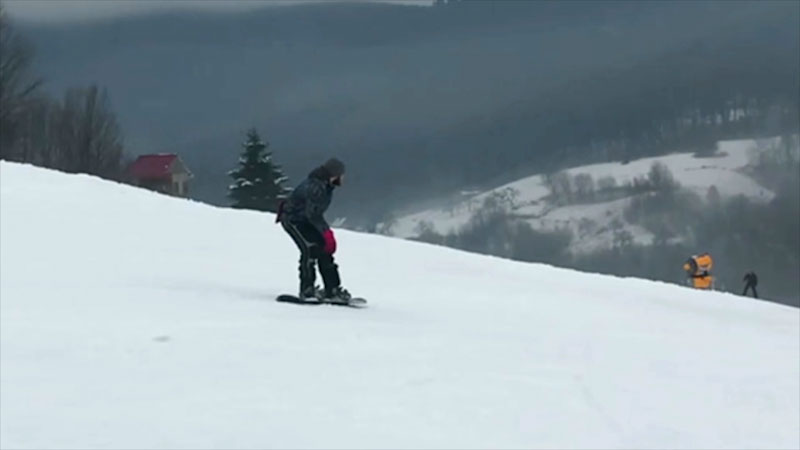
Physics 101: Friction
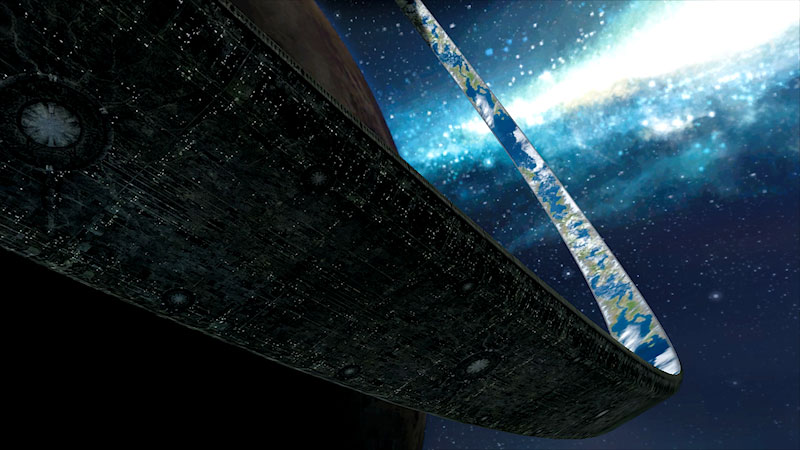
Physics 101: Circular Motion

Physics 101: Gravity and Orbits
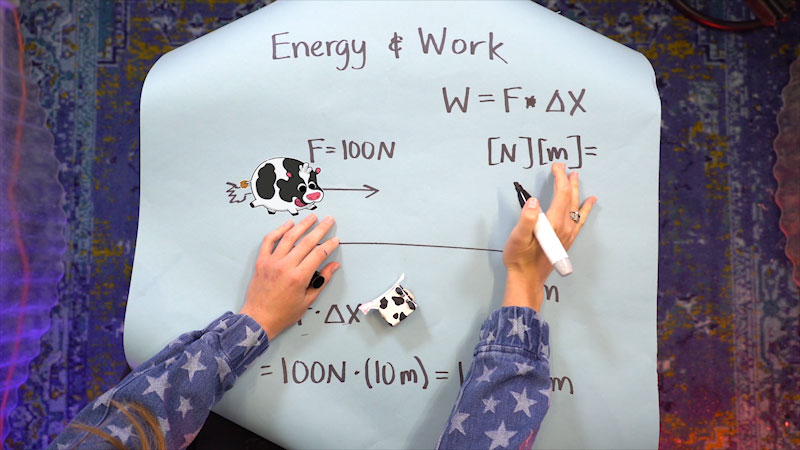
Physics 101: Energy and Work

Physics 101: Conservation of Energy
